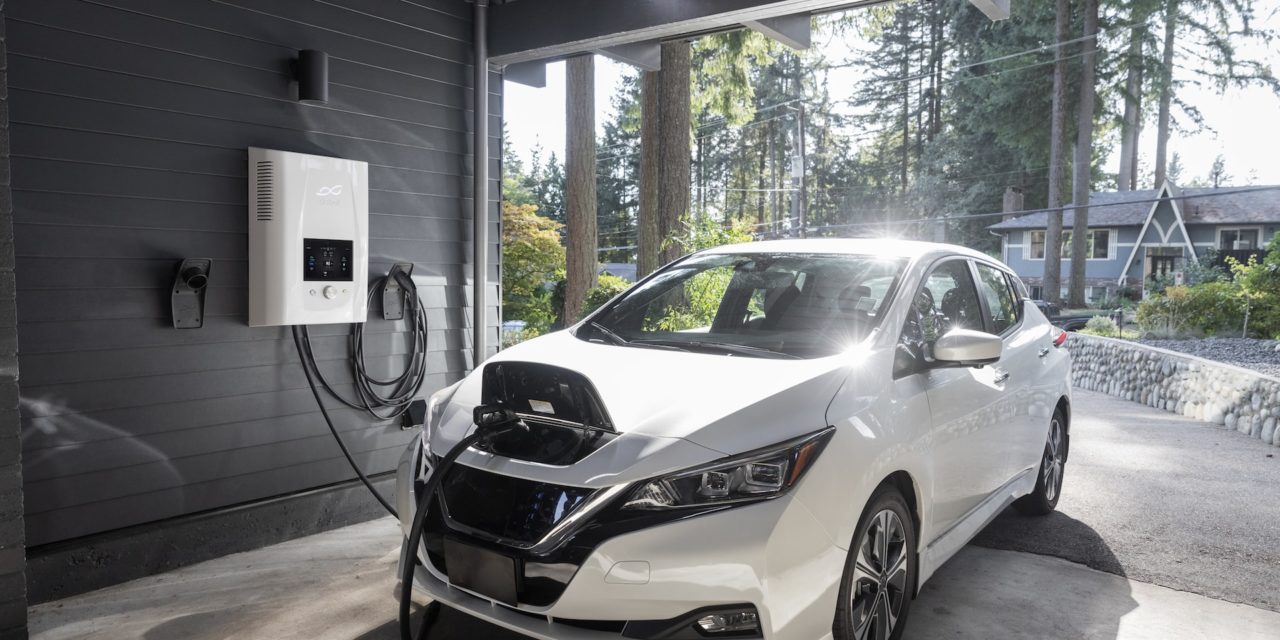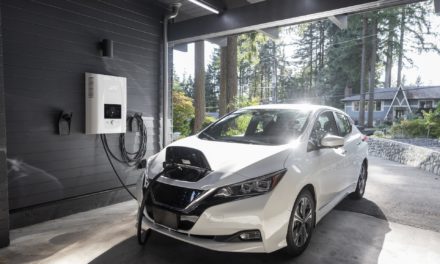In a world increasingly leaning towards sustainability, electric vehicles (EVs) have emerged as a practical and eco-friendly alternative to traditional internal combustion engines. However, one challenge persists for many EV owners—range anxiety, the fear of running out of charge before reaching a destination. While advancements in battery technology and charging infrastructure continue, there’s a tried-and-true technique from the age of fuel efficiency enthusiasts that remains highly relevant today: hypermiling.
What is Hypermiling?
Hypermiling is the practice of adopting driving techniques to maximize fuel—or in this case, energy—efficiency. Originating from traditional fuel-powered vehicles, hypermiling has a wide range of strategies, from subtle driving adjustments to innovative hacks. The goal? To stretch every mile out of the available energy, whether it’s petrol or electrons.
Hypermiling Techniques for EV Owners
Many hypermiling strategies designed for gas-powered cars translate seamlessly to EVs. Here’s how EV owners can use these techniques to alleviate range anxiety:
- Smooth Acceleration and Braking: Abrupt starts and stops drain energy quickly. By accelerating gently and coasting to a stop when possible, you conserve precious battery life.
- Regenerative Braking: Take advantage of your EV’s regenerative braking system, which recovers energy during deceleration and sends it back to the battery. Gradual braking allows for more energy recovery.
- Drive at Optimal Speeds: High speeds drastically increase energy consumption due to aerodynamic drag. Stick to moderate speeds, typically between 40-50 mph, to maximize efficiency.
- Precondition the Cabin: Heating or cooling the cabin while plugged into a charger (preconditioning) reduces energy drain from climate control during the drive.
- Lighten the Load: Minimize cargo weight. Heavier vehicles require more energy to move, so declutter your car for added efficiency.
- Keep Tires Properly Inflated: Underinflated tires create unnecessary rolling resistance, reducing your range. Regularly check your tire pressure for optimal performance.
- Plan Efficient Routes: Use navigation systems to find the shortest or least energy-intensive routes. Avoiding steep climbs and heavy traffic can make a noticeable difference.
- Minimize Accessory Use: Features like heated seats, defrosters, and infotainment systems draw energy from the battery. Use them sparingly to conserve power for driving.
Why Hypermiling Matters for EVs
While modern EVs boast impressive ranges, the reality of limited charging infrastructure in some regions—and the time required to charge—means that range anxiety is a valid concern. Hypermiling empowers drivers to take control of their energy consumption and make the most of their vehicle’s capabilities.
These techniques also encourage mindfulness about energy use, aligning well with the ethos of sustainability that underpins EV adoption. Additionally, hypermiling can be a satisfying challenge, turning the drive into a game of efficiency.
A Future Without Range Anxiety?
As battery technology improves and charging networks expand, range anxiety may eventually become a thing of the past. Until then, hypermiling remains a valuable skill for EV owners. It’s a simple, effective, and eco-conscious way to tackle the challenges of the present while embracing the promise of a greener future.
By adopting hypermiling techniques, EV owners can not only maximize their range but also feel more confident on the road, knowing they’ve mastered the art of efficient driving. So, next time you hit the road in your EV, remember: every mile counts—and so does every watt.
Beyond Hypermiling
Beyond hypermiling, there are several additional strategies EV owners can adopt to ease range anxiety and make the most of their electric vehicles. Here are some practical tips:
- Plan Charging Stops Ahead: Use apps or your vehicle’s navigation system to identify charging stations along your route before you start driving. This ensures you’re never too far from a recharge point.
- Familiarize Yourself with Charging Networks: Learn about the charging networks in your area or on your travel route. Some apps provide real-time availability, pricing, and charging speeds, helping you make informed decisions.
- Invest in a Home Charger: Having a Level 2 home charger allows you to start every journey with a fully charged battery. It’s particularly useful for daily commutes and short trips.
- Understand Your Vehicle’s Range: Know the realistic range of your EV under different conditions (e.g., weather, terrain, speed). This helps set expectations and avoid unnecessary stress.
- Optimize Climate Control Settings: Instead of using full heating or cooling, try alternatives like seat warmers or vent-only cooling to save battery power.
- Embrace Range Extenders: Some EVs have optional portable battery packs or range extenders that provide additional miles in case of emergencies.
- Learn to Trust the “Guess-O-Meter”: The range estimate displayed in your EV may adjust as you drive. Learn how your driving habits and external factors affect this estimate over time.
- Avoid Excessive Speeding: Driving at high speeds consumes significantly more energy. Keeping a steady pace within moderate speed ranges can maximize efficiency.
- Choose Off-Peak Charging Hours: Charging during off-peak times (usually at night) can be more economical and less stressful, as you won’t compete for public chargers.
- Keep a Portable Charger or Adapter: A portable charger or an adapter for different charging types can be a lifesaver in remote areas or when a specific charging station isn’t available.
These strategies, combined with hypermiling techniques, can give EV owners greater confidence in their vehicles and reduce the fear of running out of charge. As the EV landscape continues to evolve, these habits will serve as reliable tools for worry-free travel.





